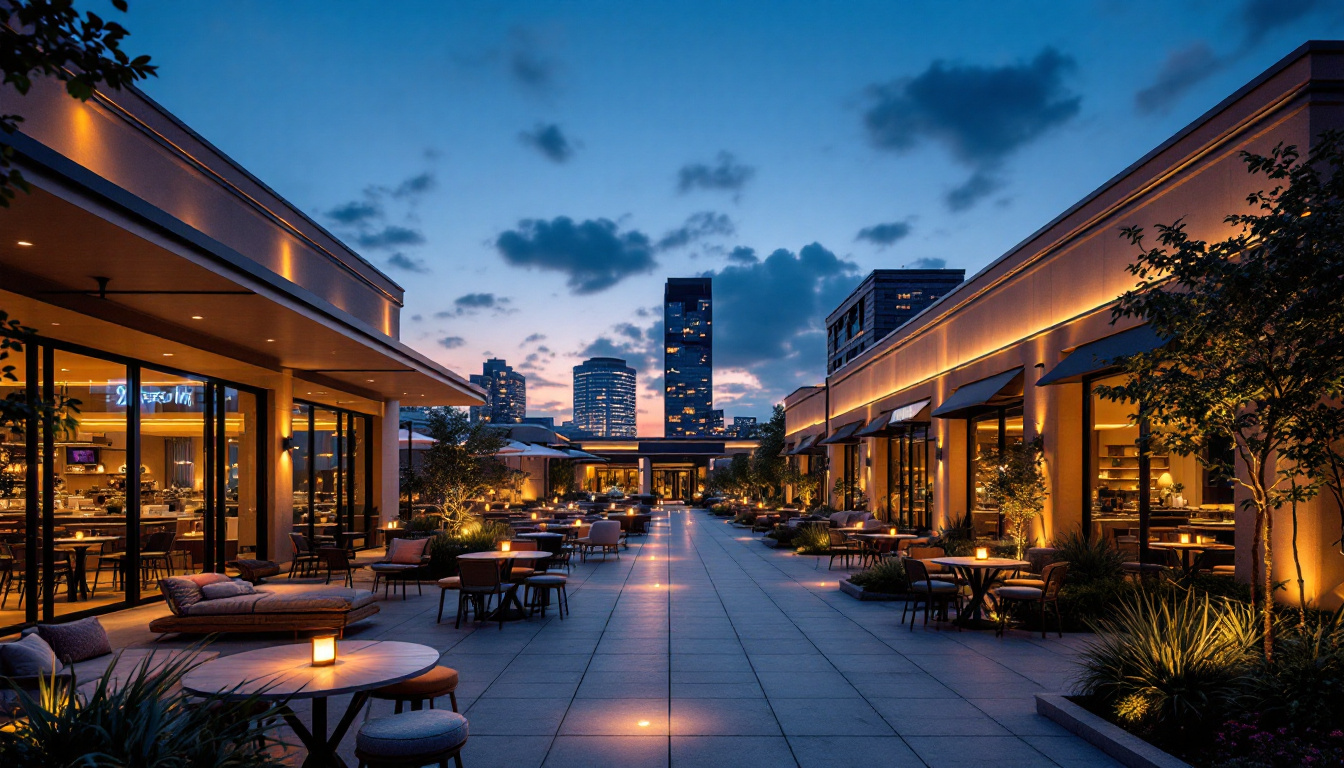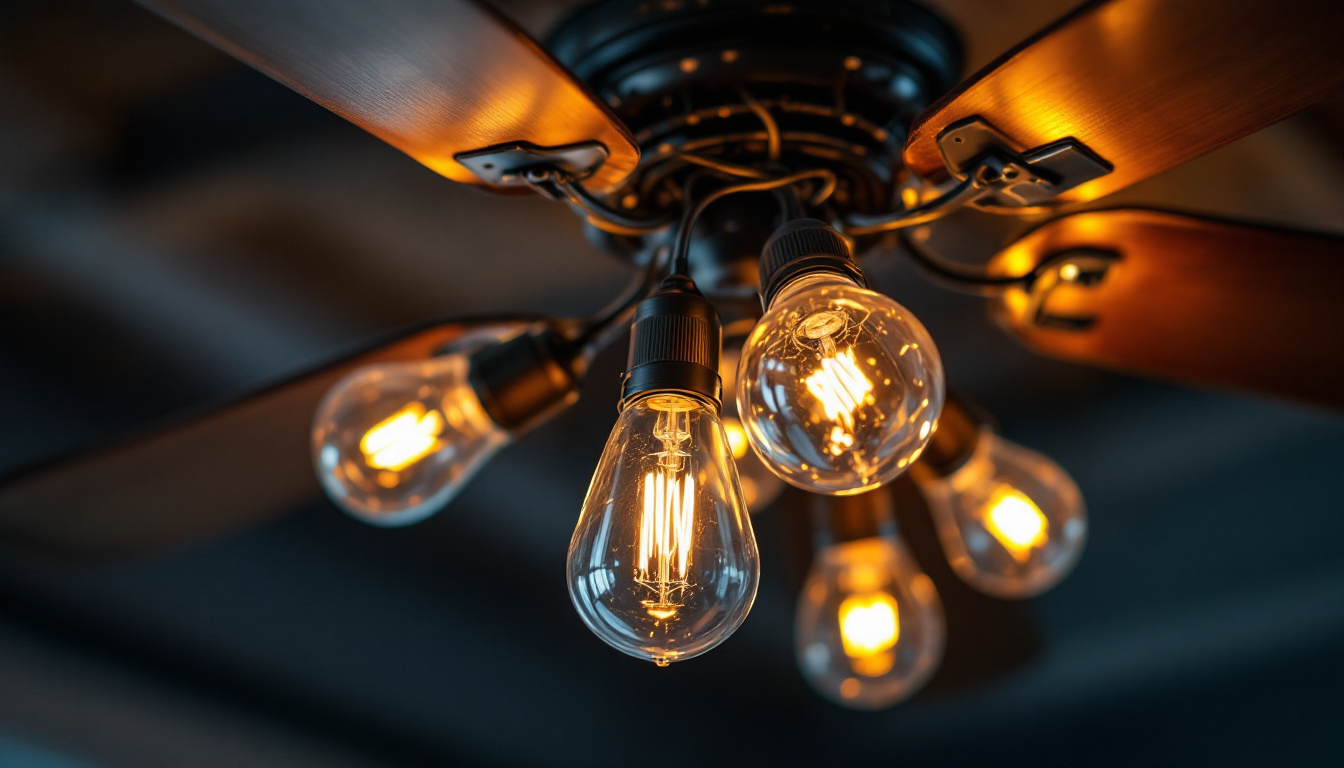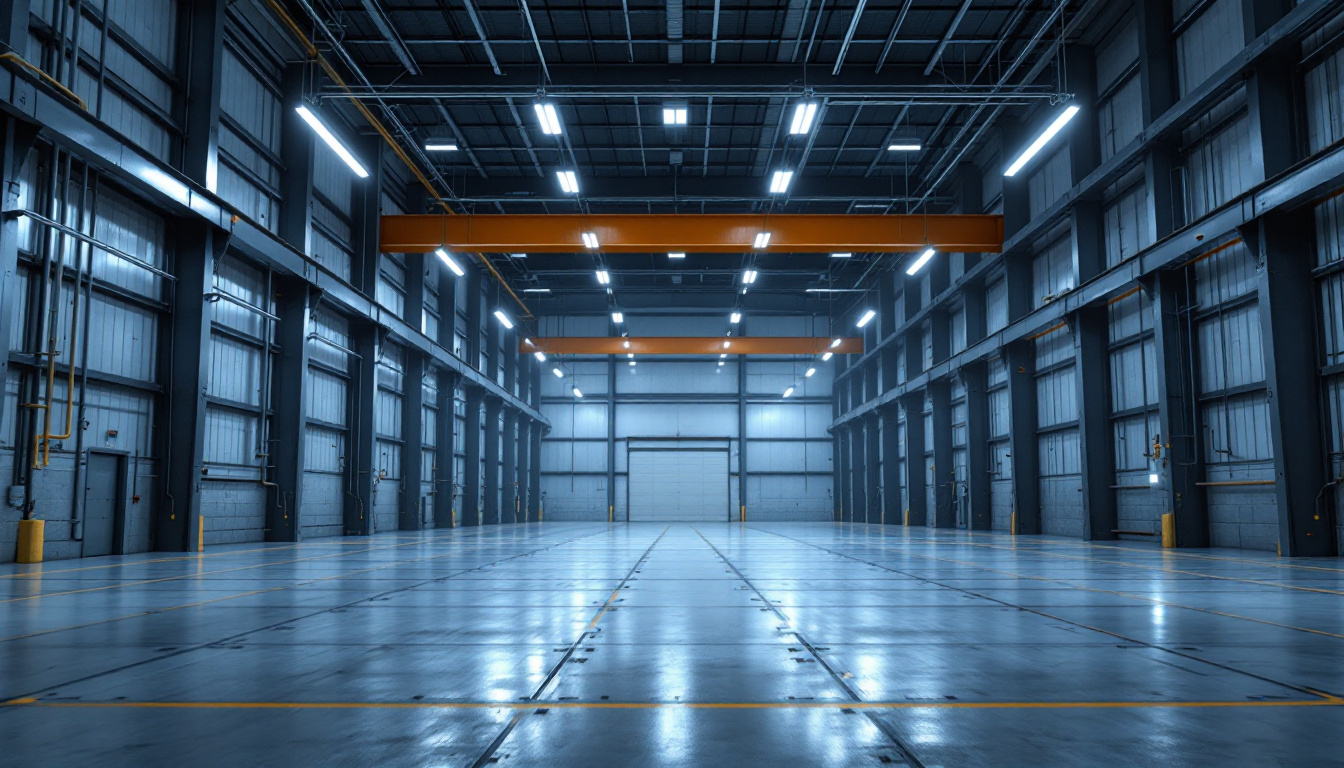
In the rapidly evolving world of outdoor commercial lighting, staying ahead of the curve is essential for lighting contractors. As technology advances and environmental considerations become more prominent, it is crucial to design lighting projects that not only meet current needs but also anticipate future demands. This article explores various strategies and considerations for future-proofing outdoor commercial lighting projects.
Future-proofing is the process of anticipating future challenges and opportunities in a given field. In outdoor commercial lighting, this means creating designs that can adapt to technological advancements, regulatory changes, and evolving user needs. By incorporating flexibility and sustainability into lighting projects, contractors can ensure longevity and relevance in their installations.
The lighting industry is experiencing rapid technological changes, particularly with the rise of smart lighting systems. These systems allow for enhanced control, energy efficiency, and integration with other smart technologies. By opting for fixtures that are compatible with smart technology, contractors can provide clients with systems that are not only current but also adaptable to future innovations.
Moreover, using LED technology is a significant step toward future-proofing. LEDs are not only energy-efficient but also have a longer lifespan compared to traditional lighting options. This translates to lower maintenance costs and reduced waste, making them an environmentally friendly choice that aligns with future sustainability goals. As smart cities continue to emerge, the integration of LED technology with IoT (Internet of Things) devices can lead to even more innovative applications, such as real-time monitoring of energy usage and automated adjustments based on environmental conditions.
As environmental concerns grow, regulations surrounding outdoor lighting are becoming increasingly stringent. Future-proofing lighting projects involves staying informed about local, state, and federal regulations regarding energy consumption, light pollution, and sustainability. By designing systems that exceed current standards, contractors can help clients avoid costly retrofits and ensure compliance for years to come.
Incorporating features such as adaptive lighting, which adjusts based on the time of day or occupancy, can significantly reduce energy consumption and minimize environmental impact. This not only meets regulatory requirements but also demonstrates a commitment to sustainability, which can be a selling point for clients. Additionally, the use of smart sensors can enhance safety and security in outdoor spaces by providing illumination only when needed, thus further conserving energy and reducing light pollution. As communities increasingly prioritize eco-friendly practices, contractors who embrace these innovations will likely find themselves at a competitive advantage, appealing to a growing base of environmentally-conscious clients.
Flexibility in design is crucial for future-proofing outdoor lighting projects. Lighting contractors should consider how the needs of a space may evolve over time. This can include changes in usage patterns, aesthetic preferences, and technological advancements. By designing systems that can be easily modified or expanded, contractors can save clients time and money in the long run.
One effective approach to achieving flexibility is through modular lighting solutions. These systems allow for easy reconfiguration and expansion, making it simple to adapt to changing needs. For instance, if a commercial space expands or undergoes renovations, modular lighting can be adjusted without the need for a complete overhaul.
Additionally, using fixtures that can be easily upgraded is essential. For example, selecting luminaires that can accept different types of light sources or control systems can help ensure that the lighting remains current as new technologies emerge. This adaptability not only enhances the longevity of the lighting system but also allows for the integration of energy-efficient options, such as LED technology, which can significantly reduce operational costs over time.
When designing outdoor lighting for commercial spaces, it is essential to consider scalability. This means planning for future growth, whether that involves expanding the physical footprint of a property or increasing the number of fixtures to accommodate new features. By implementing a scalable lighting design, contractors can ensure that the system can grow alongside the business.
This approach not only saves costs but also minimizes disruption. A scalable system allows for incremental upgrades, ensuring that the lighting remains effective and relevant as the needs of the space evolve. Furthermore, incorporating smart lighting technologies can enhance scalability by enabling remote management and control. This means that as a business expands, the lighting can be adjusted through software updates or app-based controls, making it easier to manage energy consumption and adapt to seasonal changes or special events without significant physical alterations to the infrastructure.
The integration of smart technology into outdoor commercial lighting is not just a trend; it is becoming a standard expectation. Smart lighting systems offer numerous benefits, including enhanced control, energy efficiency, and improved user experience. By incorporating these technologies, contractors can future-proof their projects and provide clients with added value.
Smart lighting systems allow users to control their lighting remotely, adjust brightness levels, and set schedules based on their specific needs. This level of control can lead to significant energy savings, as lights can be dimmed or turned off when not needed. Furthermore, smart systems can be integrated with other building management systems, creating a cohesive and efficient approach to facility management.
Another advantage is the ability to monitor lighting performance in real-time. This data can provide insights into energy usage, helping businesses identify areas for improvement and optimize their lighting strategies. By offering smart lighting solutions, contractors can position themselves as forward-thinking professionals who are committed to delivering the best for their clients.
When integrating smart technology into outdoor lighting projects, choosing the right technology partners is crucial. Contractors should look for manufacturers and suppliers that are known for their innovation and reliability. Collaborating with reputable partners ensures that the products used are of high quality and can be seamlessly integrated into existing systems.
Additionally, staying informed about the latest advancements in smart lighting technology is essential. Regular training and professional development can help contractors remain competitive and knowledgeable about the options available, allowing them to make informed recommendations to clients.
Energy efficiency is a critical consideration in outdoor commercial lighting projects. Not only does it align with sustainability goals, but it also results in cost savings for clients. By prioritizing energy-efficient solutions, contractors can future-proof their projects while delivering value to their clients.
LED fixtures are the gold standard for energy efficiency in outdoor lighting. They consume significantly less energy than traditional lighting options and have a longer lifespan, which reduces maintenance costs. When selecting fixtures, contractors should consider the lumen output and efficacy to ensure that the lighting design meets the necessary illumination levels while minimizing energy consumption.
In addition to LEDs, incorporating advanced controls such as timers, dimmers, and occupancy sensors can further enhance energy efficiency. These controls can automatically adjust lighting levels based on usage, ensuring that energy is not wasted when spaces are unoccupied.
As the push for sustainability continues, integrating renewable energy sources into outdoor lighting projects is becoming more feasible. Solar-powered lighting systems, for example, can significantly reduce energy costs and reliance on the grid. By incorporating solar technology, contractors can offer clients a sustainable lighting solution that requires minimal maintenance.
Furthermore, using renewable energy sources aligns with future sustainability goals and can enhance a business’s reputation. As more companies prioritize environmental responsibility, offering solar options can set contractors apart from competitors.
While functionality and efficiency are paramount, the aesthetic appeal of outdoor lighting should not be overlooked. A well-designed lighting scheme can enhance the overall user experience, creating inviting and safe environments. Future-proofing outdoor lighting projects involves considering how design elements can evolve over time.
Outdoor lighting should be versatile enough to accommodate various events and activities. For instance, a commercial space may host different functions, from casual gatherings to formal events. By selecting fixtures that offer adjustable features, contractors can create a dynamic lighting environment that adapts to different occasions.
Moreover, using a combination of lighting types—such as ambient, task, and accent lighting—can enhance the overall aesthetic while providing functional illumination. This layered approach allows for greater flexibility in design and ensures that the lighting can evolve with the needs of the space.
A cohesive design is essential for outdoor commercial lighting projects. Contractors should consider how the lighting integrates with the surrounding architecture and landscape. By selecting fixtures that complement the overall design aesthetic, contractors can create a harmonious environment that enhances the user experience.
Additionally, considering color temperature and light distribution is crucial in achieving a cohesive look. Warmer color temperatures can create a welcoming atmosphere, while cooler temperatures may be more suitable for modern or industrial settings. By thoughtfully selecting these elements, contractors can ensure that the lighting design aligns with the desired ambiance.
Future-proofing outdoor commercial lighting projects is not just about keeping up with trends; it is about creating sustainable, adaptable solutions that meet the needs of clients today and in the future. By embracing technology, prioritizing energy efficiency, and considering design flexibility, lighting contractors can deliver projects that stand the test of time.
As the industry continues to evolve, staying informed and proactive will be key to success. By implementing the strategies outlined in this article, contractors can position themselves as leaders in outdoor commercial lighting, ready to meet the challenges and opportunities of tomorrow.
Ready to lead the way in outdoor commercial lighting and future-proof your projects? At LumenWholesale, we provide you with the cutting-edge, spec-grade lighting products you need to stay ahead of the curve. Enjoy unbeatable wholesale prices, superior quality, and the convenience of free shipping on bulk orders. Don’t let middleman markups dim your vision. Choose LumenWholesale for reliable, high-performance lighting solutions that blend quality, affordability, and convenience seamlessly. Elevate your lighting projects today by visiting Wholesale Lighting at the Best Value and discover how we can brighten your business prospects.

Discover the essential components of ceiling fan lights and why they are crucial for every lighting contractor.

Discover how 4 ft linear LED high bay lights can revolutionize cost-efficiency for lighting contractors.

Discover why purchasing outdoor linear light fixtures in bulk from local distributors might not be the best choice.

Discover the essential resources lighting contractors rely on to master the art of light switch installation and design.
Get notified when NEW deals are released.
Optimize your budget with wholesale discounts.
Only top-quality, specification-grade lighting products.
No additional costs at checkout - what you see is what you pay.
We understand the unique needs of contractors.